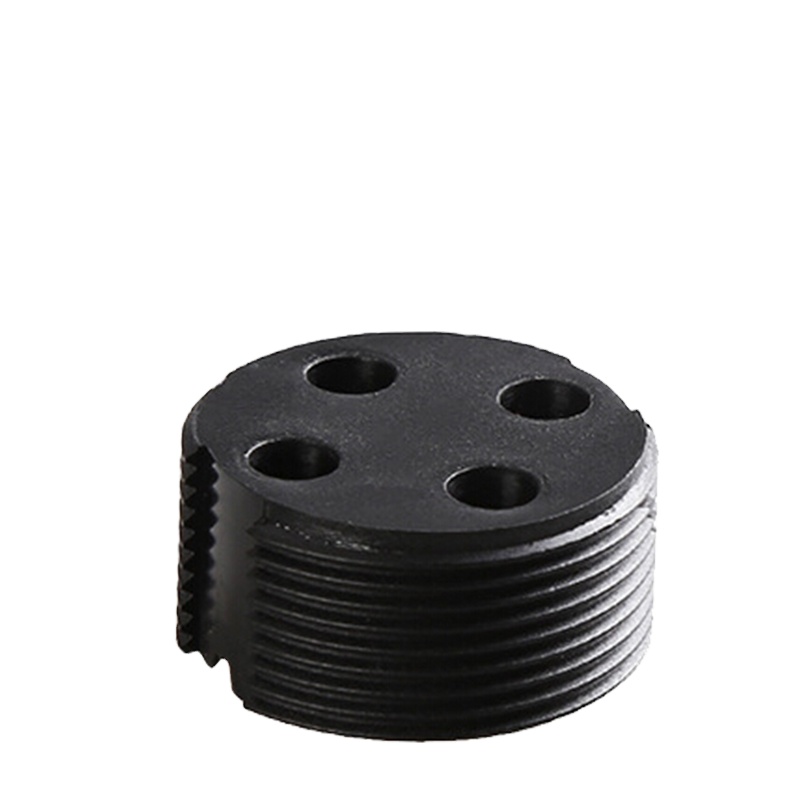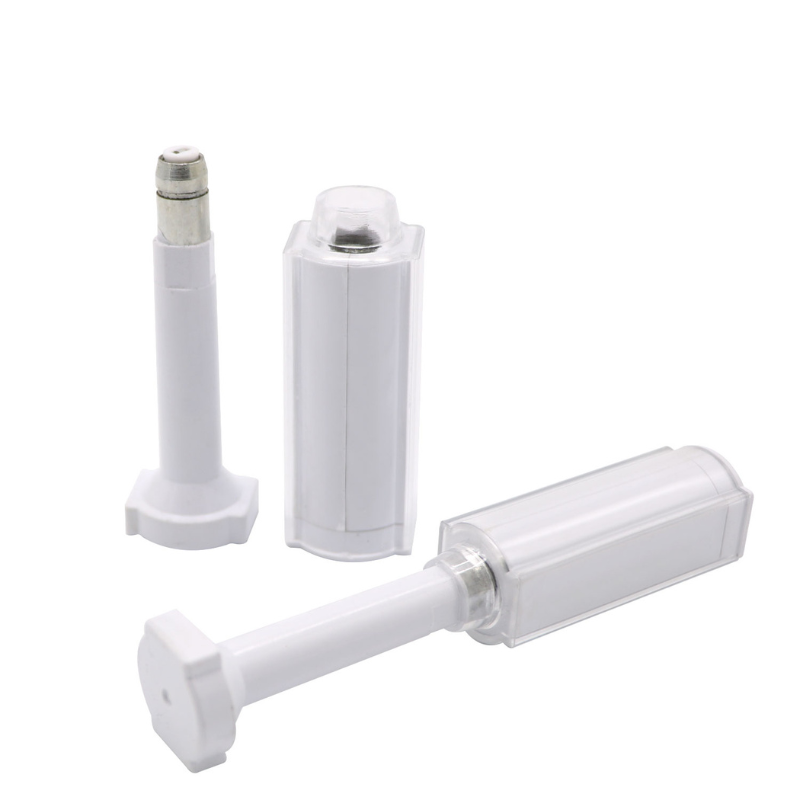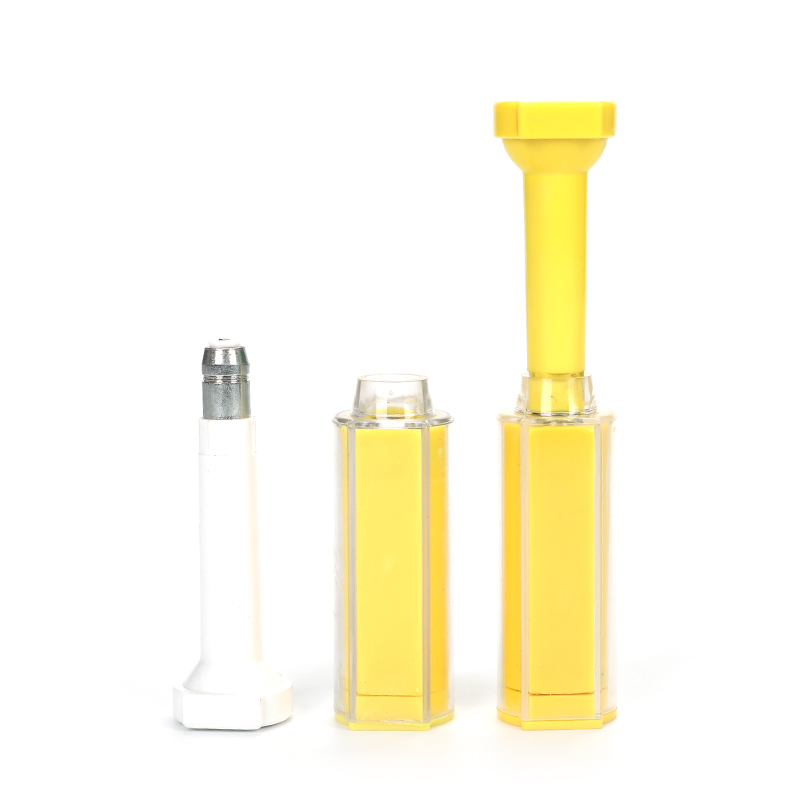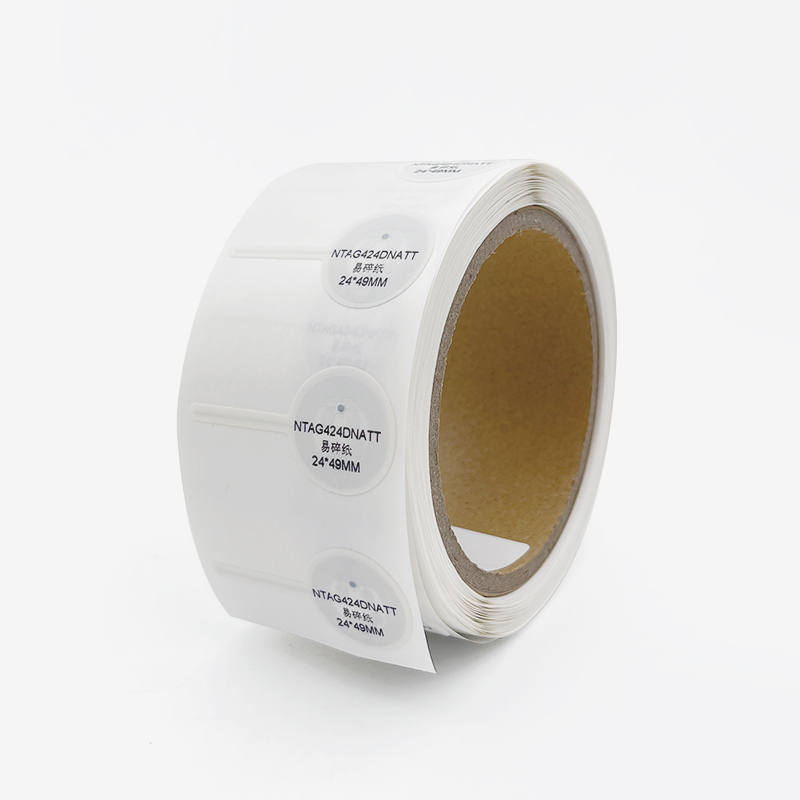
What is a Difference Between NFC and RFID?
Table of Contents
NFC and RFID: Key Differences, Applications & Which to Choose (2025 Guide)
From inventory tracking to contactless payments, these wireless communication methods are helping industries automate processes, reduce errors, and enhance security.
This guide breaks down the difference between RFID and NFC, how they work, their applications, and which one suits your needs best in 2025.
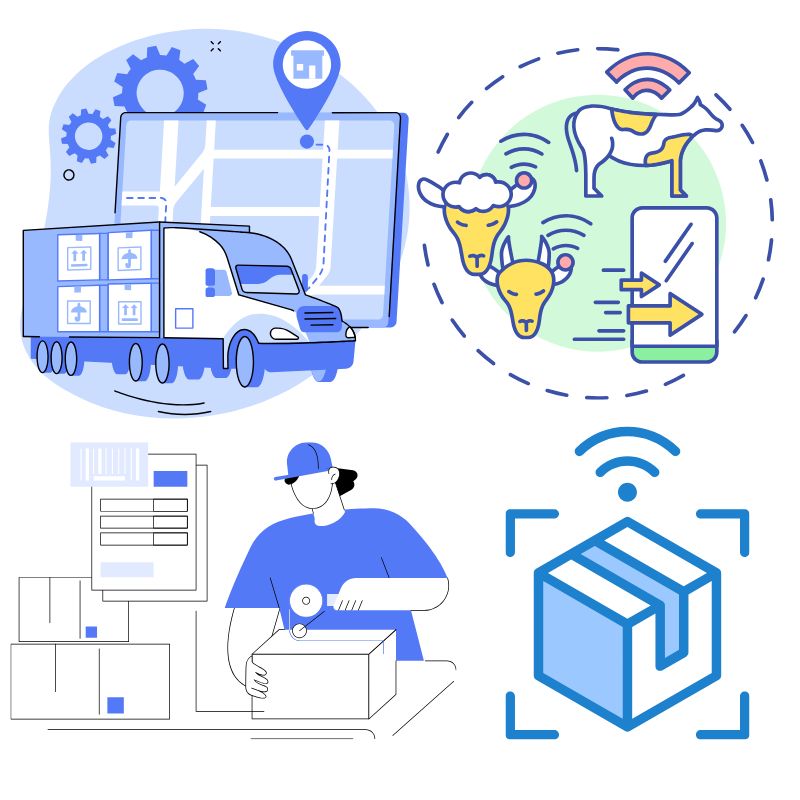
What Are RFID and NFC?
RFID (Radio Frequency Identification)
RFID uses radio waves to automatically identify and track objects through RFID tags and RFID readers. It’s commonly used across industries such as logistics, retail, manufacturing, and healthcare to track assets and streamline supply chain operations.
- Frequency Bands: Low (LF), High (HF), and Ultra-High (UHF)
- Read Range: Up to 100 meters (active tags)
- Tags: Passive (no battery) or Active (battery-powered)
- Use Cases: Inventory management, asset tracking, access control
NFC (Near-Field Communication)
NFC is a specialized subset of RFID, operating at 13.56 MHz (HF). Unlike general RFID, NFC enables two-way communication between devices at very close range—typically under 4 cm. It is widely used for secure, fast data exchange, such as mobile payments or digital business cards.
- Frequency Band: High Frequency (13.56 MHz)
- Range: Within a few centimeters
- Interactivity: Supports two-way communication
- Use Cases: Contactless payments, smartphone pairing, public transit
NFC vs RFID: What’s the Difference?
The difference between RFID and NFC lies in range, interactivity, power, and applications. Here’s a quick comparison table:
| Feature | RFID | NFC |
|---|---|---|
| Frequency Band | LF, HF, UHF | HF (13.56 MHz) |
| Read Range | Up to 100 meters | Within a few centimeters |
| Communication | One-way (mostly) | Two-way |
| Power Source | Passive or active | Typically passive |
| Applications | Inventory, supply chain, access control | Mobile payments, data sharing |
| Interactivity | Low | High (user-device interaction) |
- “RFID is ideal for large-scale asset tracking, while NFC is designed for secure, short-range interactions like mobile payments.”
How RFID Technology Works
An RFID system relies on three core components:
- RFID Tags: Store item information (can be read-only or read/write).
- RFID Reader: Emits a signal to power passive tags and retrieve data.
- Software System: Interprets and manages collected data.
Types of RFID Tags
- Passive RFID Tags: No internal battery, powered by the RFID reader signal.
- Active RFID Tags: Have their own power source for longer range and frequent data updates.
RFID and NFC readers are available in handheld and fixed formats, depending on the application.
How NFC Works
NFC technology allows close-range communication between two NFC-enabled devices or a device and an NFC tag.
Advantages of NFC:
- Tap-and-Go Simplicity: No pairing or scanning required.
- High Security: Ideal for contactless financial transactions.
- Two-Way Communication: Unlike most RFID systems, data can flow in both directions.
NFC and RFID Reader devices are increasingly integrated into smartphones, POS terminals, and transit gates for fast, reliable, and secure interactions.
Applications of RFID
RFID and NFC both power diverse applications, but RFID’s long range and flexibility make it ideal for:
Inventory Management
- Real-time updates
- Automated tracking across warehouses
Asset Tracking
- Monitor medical equipment, tools, or vehicles
- Boost efficiency in logistics and healthcare
Access Control
- Use RFID key cards, fobs, or badges
- Control entry to secure buildings or zones
Applications of NFC
NFC’s secure and short-range capabilities shine in personal and public-facing applications:
Mobile Payments
- Apple Pay, Google Pay, Samsung Pay.
- Secure transactions in seconds.
Smart Devices & Marketing
- Tap to launch apps or share contact info.
- Smart tags for product info or check-ins.
Transportation Systems
- Contactless transit cards.
- Easy boarding in metro the and bus networks.
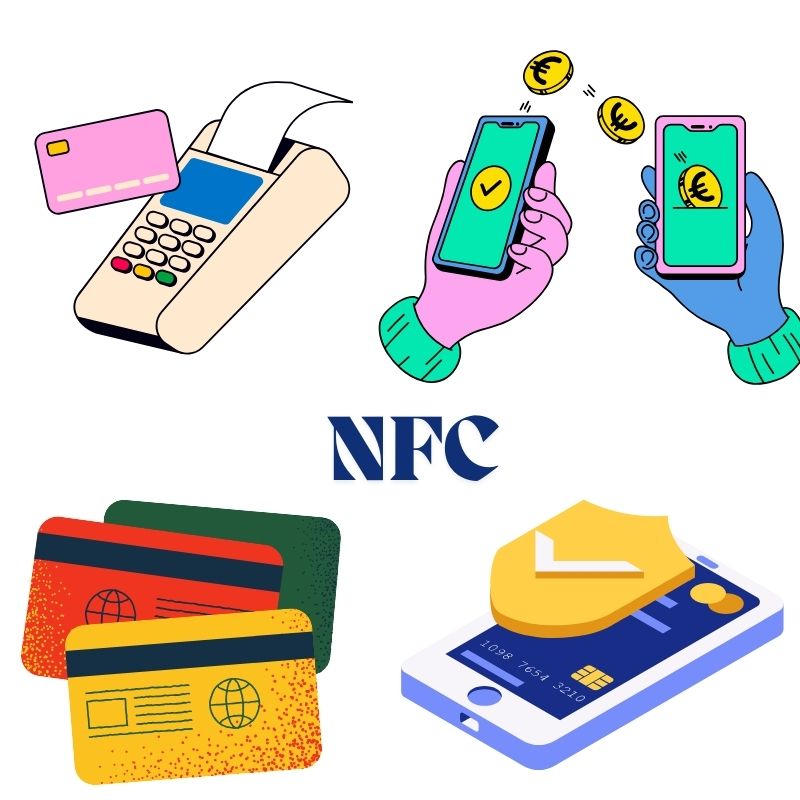
NFC vs RFID: Which One Should You Use?
| Use Case | Best Technology |
|---|---|
| Long-range tracking | RFID |
| Inventory or supply chain ops | RFID |
| Secure, personal transactions | NFC |
| Mobile payments & ID | NFC |
| IoT smart automation | Both |
If you’re managing thousands of assets, RFID is your go-to. For individual, secure interactions—like tapping your phone—NFC is the clear choice.
NFC and RFID in IoT (Internet of Things)
RFID and NFC are foundational to IoT ecosystems, enabling physical objects to “talk” to digital systems.
- RFID in IoT: Monitors goods across supply chains and manufacturing floors.
- NFC in IoT: Enables secure device pairing, smart home access, and real-time control via smartphones.
“The combination of NFC and RFID tags is transforming IoT by connecting physical assets to the cloud.”
The Role of Frequency in NFC and RFID Performance
Understanding frequency helps in choosing the right system:
- LF (125–134 kHz) – Short range, used in access control
- HF (13.56 MHz) – Used by both RFID and NFC
- UHF (860–960 MHz) – Long range, ideal for supply chains
Each frequency supports different ranges and read speeds, making RFID and NFC Reader selection important for system performance.
FAQs About NFC and RFID
What is the main difference between RFID and NFC?
NFC is a subset of RFID. While RFID supports longer range and one-way communication, NFC is designed for two-way, short-range interactions.
Can NFC and RFID Tags be used interchangeably?
Not always. NFC operates at HF only, while RFID can use LF, HF, or UHF. NFC tags work only with NFC readers, not all RFID readers.
Are RFID tags secure?
Passive RFID tags can be vulnerable without encryption. NFC offers more built-in security, especially for financial transactions.
What is an NFC and RFID Reader?
It’s a device used to read RFID or NFC tags. Many modern smartphones act as NFC readers for contactless actions.
How do NFC-enabled payments work?
Devices use NFC to transmit encrypted payment info wirelessly to compatible terminals — no physical contact required.
Which industries benefit most from RFID?
Retail, healthcare, logistics, manufacturing, and warehousing use RFID for automation and visibility.
Final Thoughts
Both RFID and NFC offer significant value—whether you’re tracking pallets or making payments with your smartphone. Your choice should align with your operational needs:
- For broad, automated tracking, choose RFID.
- For secure, short-range interactions, go with NFC.
As RFID and NFC Tags evolve with IoT, now is the perfect time to integrate them into your workflow.
Need help choosing the right NFC or RFID system for your business?
Contact us today or explore our full range of NFC and RFID Readers and Tags.

Ray Zhou
This article was written by Ray Zhou, an RFID technology expert with more than 10 years of industry experience.
Comments
Hot Products
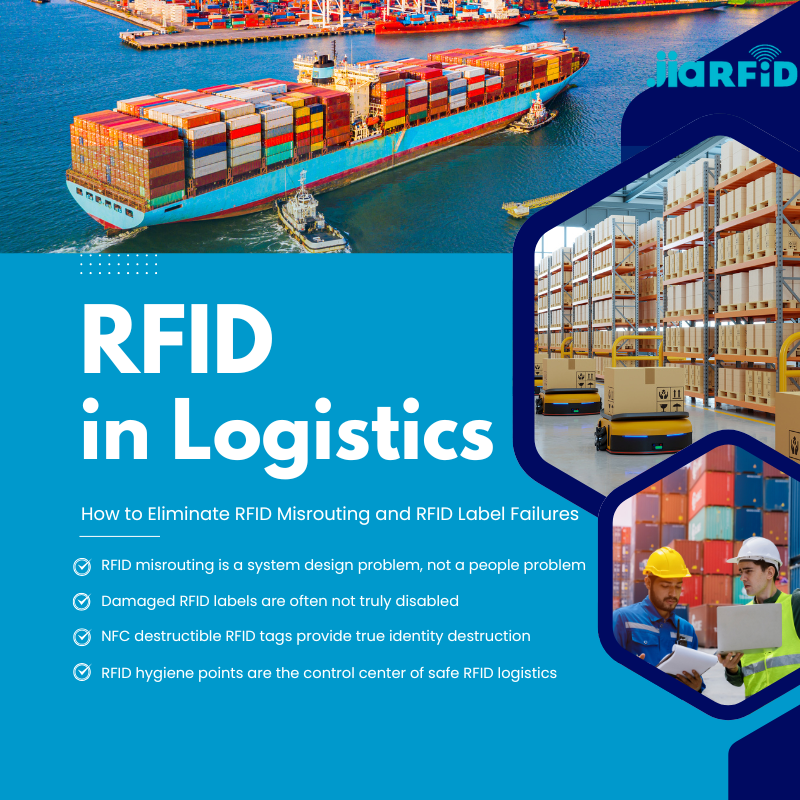
RFID in Logistics: How to Eliminate RFID Misrouting and RFID Label Failures
RFID in logistics is more than just a tool to speed up processes. It has become a key part of how modern supply chains operate.
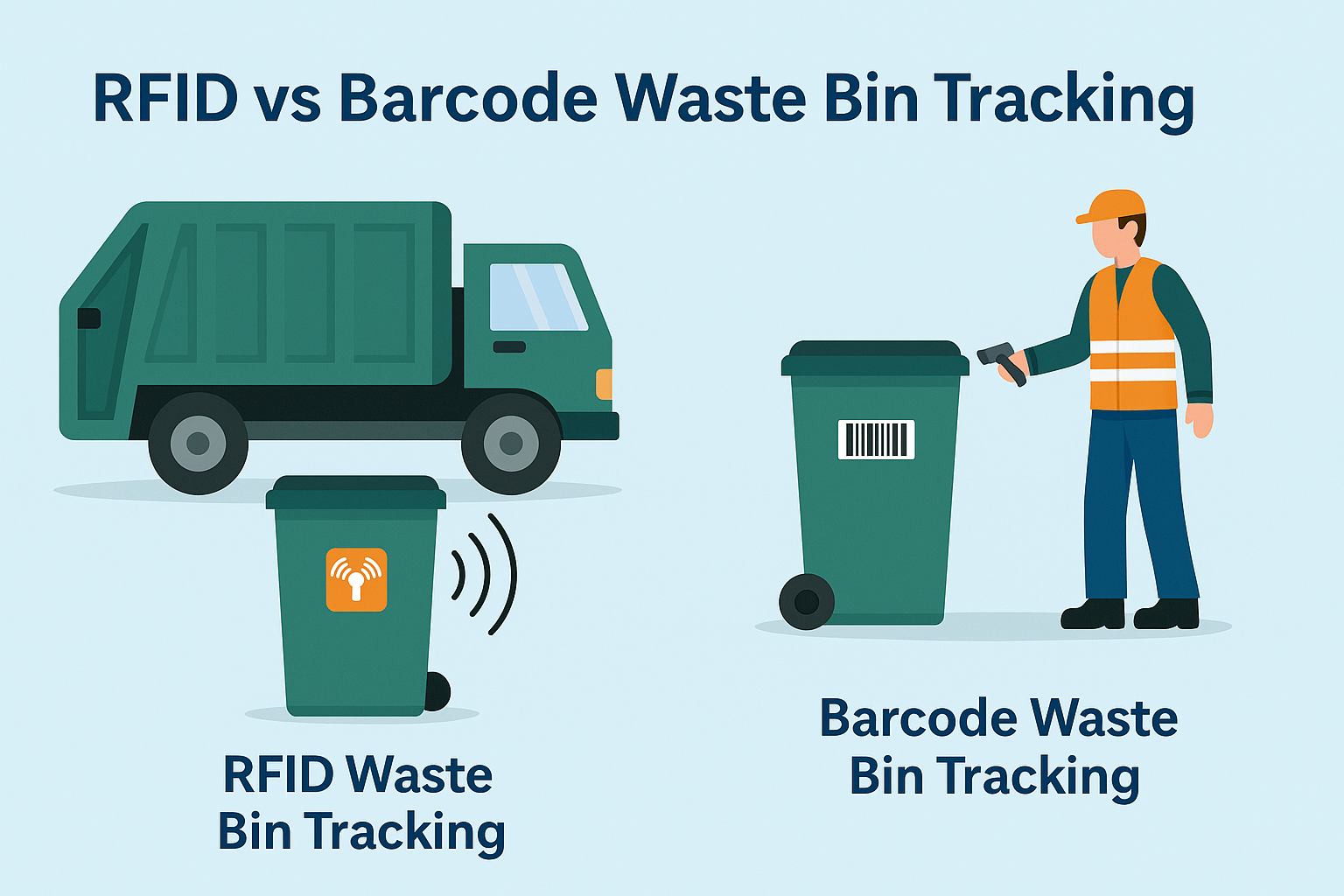
What Is RFID Waste Management
Imagine a city where every trash bin speaks — not literally — but through a tiny chip that tells the system when it’s full, when it’s emptied, and where it went. That’s what RFID waste management is doing today.
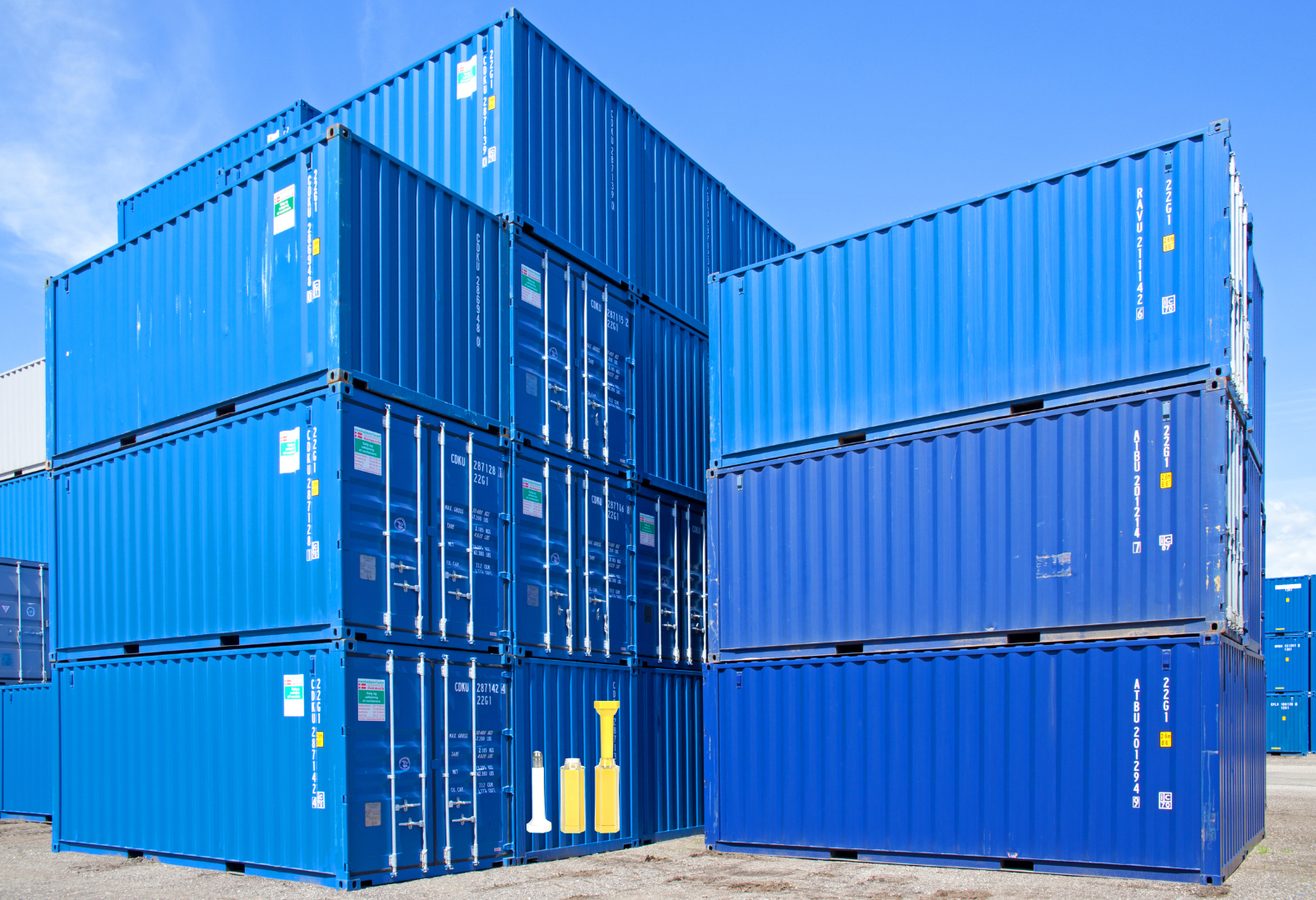
What are Bolt Seals and their Applications? | Complete Guide
In global trade and logistics, bolt seals play a crucial role in ensuring cargo security and compliance. These small but powerful devices are designed to lock shipping containers, trailers, and cargo doors with a tamper-evident mechanism.
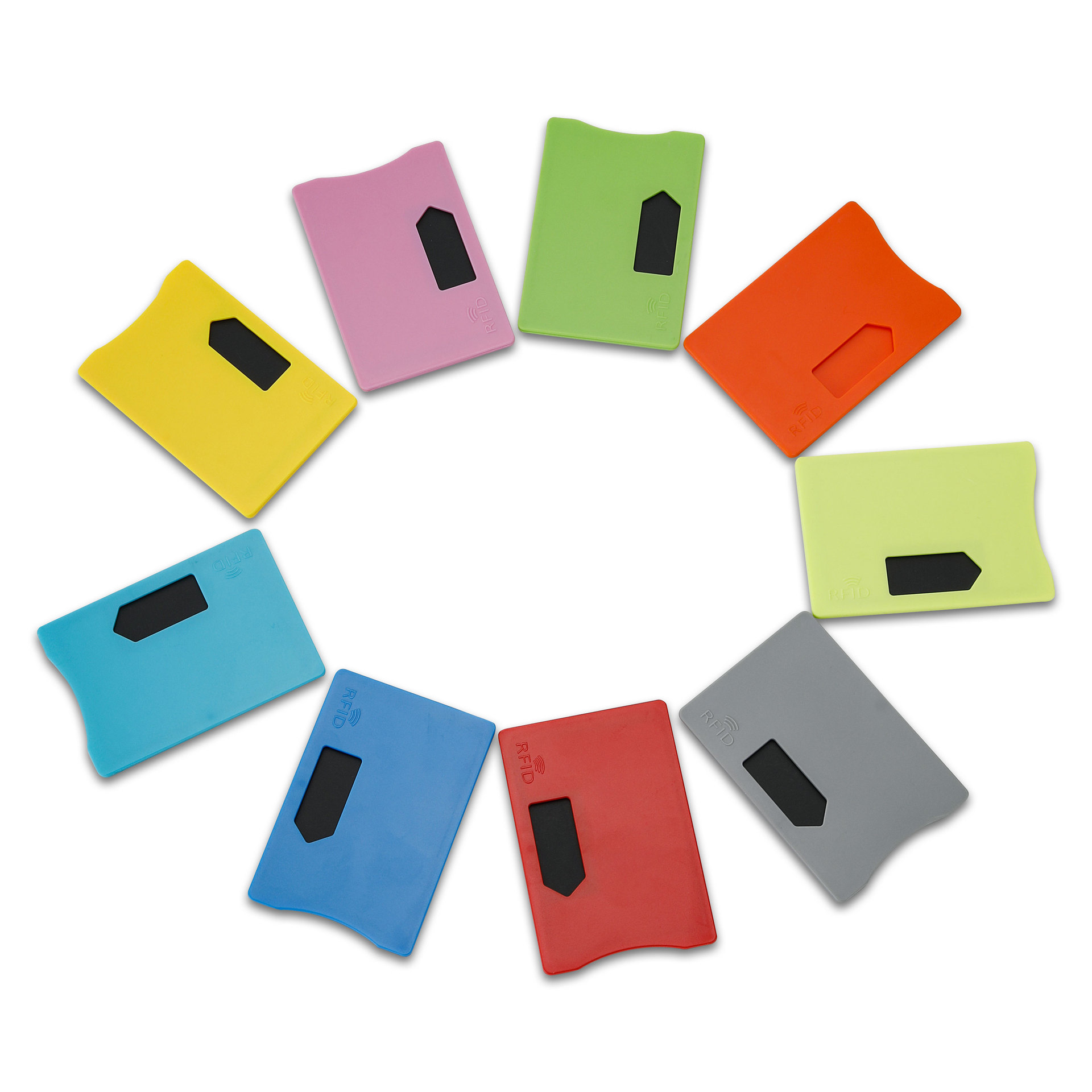
What is an RFID Card Protector? Benefits, Use Cases, and Buying Guide
RFID technology (Radio Frequency Identification) is everywhere: in your credit cards, ID badges, transit passes, hotel room keys, and more. It offers speed and convenience, but it also opens the door to a new kind of digital theft called “skimming.” That’s where an RFID card protector comes in.

RFID Wristbands for Events: Bulk Buying Guide for Organizers
RFID wristbands for events are becoming the go-to solution for organizers who need faster entry, fraud prevention, and cashless payments at concerts, festivals, and sports venues. Unlike paper tickets or QR codes, these smart wristbands use embedded chips to streamline access, secure transactions, and improve the guest experience.
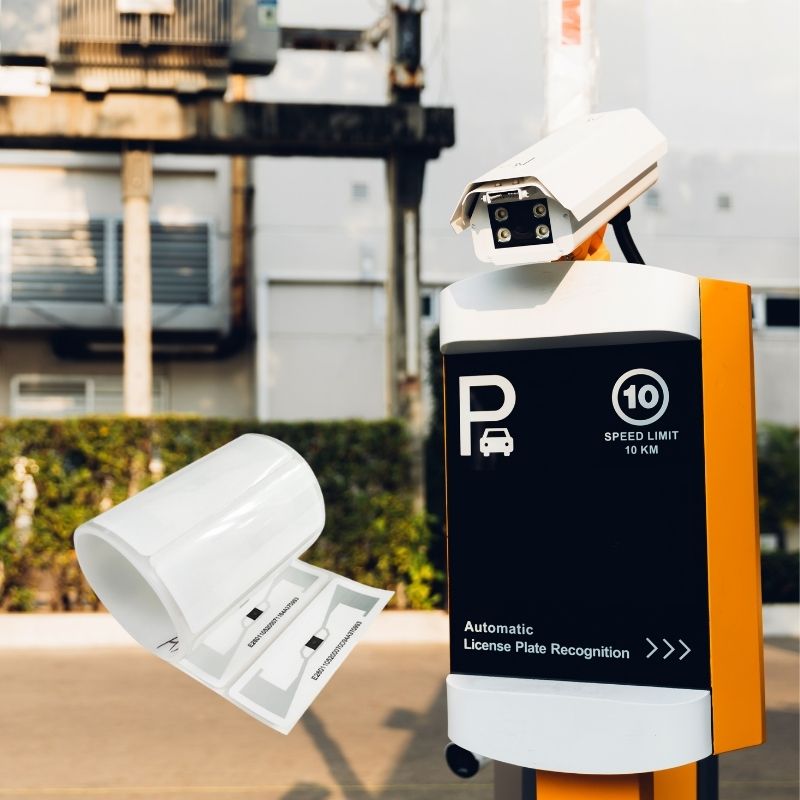
How RFID Tag on Windscreen Improves Vehicle Access Control and Toll Systems
In today’s fast-paced world, vehicle identification needs to be quick, secure, and contactless. An RFID Tag on the Windscreen provides exactly that — a reliable way to manage toll collection, parking, and gated access without stopping vehicles.
Tags
RELATED BLOGS

RFID in Logistics: How to Eliminate RFID Misrouting and RFID Label Failures
RFID in logistics is more than just a tool to speed up processes. It has become a key part of how modern supply chains operate.

What Is RFID Waste Management
Imagine a city where every trash bin speaks — not literally — but through a tiny chip that tells the system when it’s full, when it’s emptied, and where it went. That’s what RFID waste management is doing today.

What are Bolt Seals and their Applications? | Complete Guide
In global trade and logistics, bolt seals play a crucial role in ensuring cargo security and compliance. These small but powerful devices are designed to lock shipping containers, trailers, and cargo doors with a tamper-evident mechanism.


